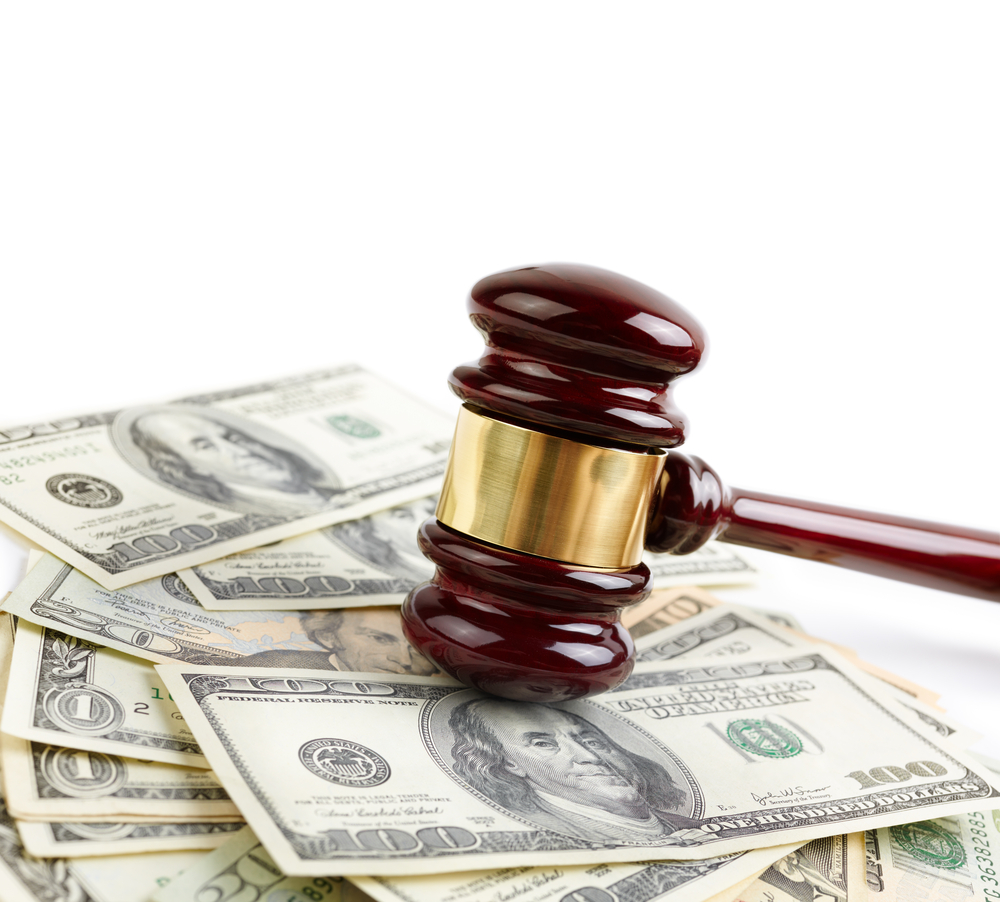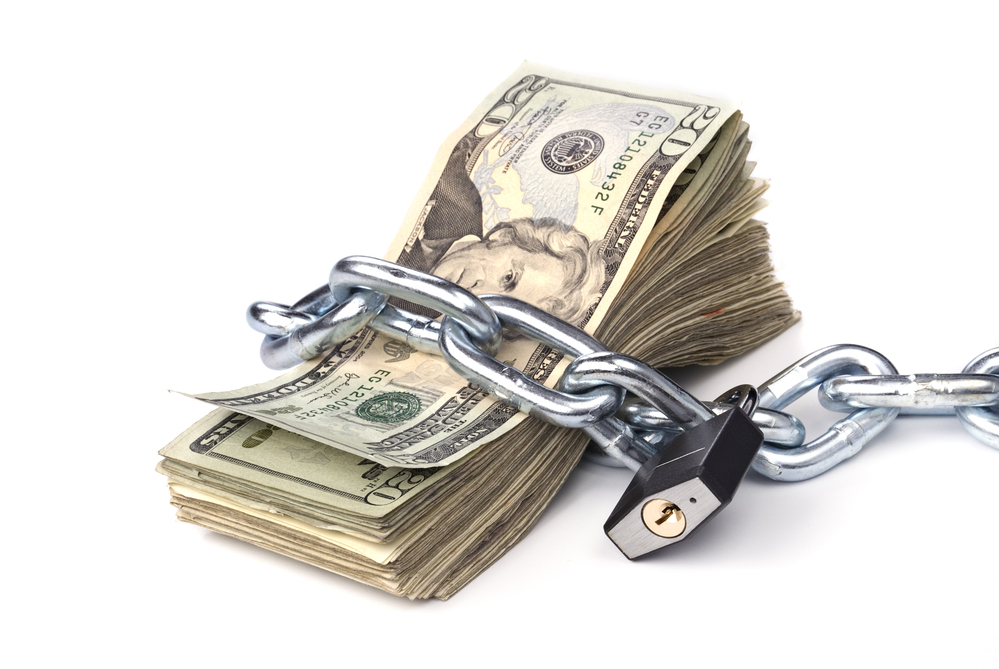
Merchants: Win Your Chargeback Dispute, GUARANTEED
Feb 27, 2023 2 minutes
As a merchant, chargebacks can be one of the most frustrating and costly parts of doing business. But what if there was a way to guarantee you would win your chargeback dispute?
In this article, we will reveal the secrets of winning your chargeback dispute as a merchant, guaranteed. We’ll provide practical tips and advice to equip you with the knowledge and tools to successfully fight back against credit card chargebacks.
With the right strategies in place, you can ensure that you’ll win your chargeback dispute, every time. So if you’re ready to take control of your disputes and protect your hard-earned profits, then this article is a must-read.
This article follows a video guide we created on the same topic. If you’d like to watch and listen instead, head here.
First, what causes chargebacks?
Chargebacks occur when a cardholder disputes a transaction through their bank or credit card issuer rather than requesting a refund from you. Reasoning for doing so can include:
- mistakes in pricing or product description,
- faulty or defective products,
- or simply because the cardholder does not recognize the merchant or the purchase on their statement.
In order for a merchant to win a chargeback dispute, they must have compelling evidence that the customer knowingly and willingly purchased the product or service.
The chargeback process begins when the customer contacts their issuing bank and says they need a transaction refunded (which will correlate to a chargeback reason code). The issuing bank will then investigate the dispute and provide the merchant with a “chargeback notice” and an opportunity to respond to the customer’s claim.
To win the dispute, the merchant must provide evidence which clearly states that the customer knowingly and willingly made the transaction. This might include a copy of the customer’s signature, an authorization code, or a receipt showing the customer’s full name, address, and other details. If the customer’s claim is rejected, the merchant may also be required to submit a rebuttal letter pointing out any discrepancies in the customer’s claim.
By understanding the chargeback process, merchants can ensure that they have the necessary evidence to win their chargeback dispute every time. By taking the time to educate yourself on the process, you can protect your hard-earned profits and manage credit card disputes more effectively.
Find our 3-step guide to successfully winning a chargeback dispute below.
3 Steps to Win a Chargeback Dispute
1. Gather Evidence
Gathering the necessary documentation and evidence to win your chargeback dispute is an essential part of the process. To dispute a chargeback, merchants need to make sure they have all the evidence necessary to prove their case. This includes:
- order records
- proof of delivery
- customer correspondence
- screenshots of transactions
- AVS and CVV completion
- phone number, email, and customer info
The chargeback process can be complex and time-consuming, so it’s important to make sure you have all the relevant data ready and organized.
In addition, merchants should also collect any evidence that could be used to illustrate their customer’s purchase journey. This includes order confirmation emails, shipping notifications, and any other communication sent from the merchant to the customer. By providing this type of information, merchants can demonstrate that the customer had ample opportunity to inquire about their purchase before filing a chargeback.
This serves as compelling evidence that the merchant fulfilled their part of the transaction and acted in good faith.
Once the required documentation and evidence is gathered, merchants can then construct a rebuttal letter to submit to the payment processor or cardholder’s bank in response to the chargeback.
2. Writing a Winning Chargeback Representment Letter
The first step to winning a chargeback dispute is to ensure that you have all the necessary evidence at hand. Make sure you have a full and accurate record of the transaction, including credit card information, date and time of purchase, and the customer’s signature (if applicable).
If you have any additional evidence such as proof of delivery or tracking information, make sure you have copies of those too. It is also important to make sure that you know the chargeback reason code, as this will be instrumental in forming your response.
Once you have all the evidence, it’s time to write your chargeback representment letter. The letter should concisely explain why the chargeback is invalid and offer proof that the customer was satisfied with the transaction. You should also state the reason code associated with the dispute and provide compelling evidence to back up your rebuttal. This can include documentary evidence such as:
- invoices
- proof of delivery
- customer feedback
- transaction details
- login attempts
- emails and other communication
Make sure your letter is clear and to the point, as this will help to ensure that the issuing bank takes your dispute seriously. You don’t have to include every piece of information, only include the ones that make sense and support your stance.
Type everything up into a Word document, insert your screenshots and proof, and label everything. Don’t leave anything up for the reader to infer; spell it out.
3. ACT FAST to Win the Dispute
The best way to win a chargeback dispute as a merchant is to act quickly. The longer you wait to dispute a chargeback, the more difficult it becomes to overturn it. The chargeback process moves quickly, and the more time that passes, the more evidence can be lost.
Once you have completed the paperwork and evidence, it’s important to submit your claim as soon as possible. You should also follow up with the issuer in a timely manner to ensure that they have received your submission and to make sure your case is being reviewed.
By acting quickly and gathering compelling evidence, merchants can significantly increase their chances of winning a chargeback dispute. This will help to protect their business and save on expensive chargeback fees or even 3rd-party chargeback services that may not be giving you the greatest chance at winning.
Once you have a thorough understanding of the dispute process and have all the necessary evidence to support your dispute, you can fight chargebacks with confidence. Knowing how to dispute a chargeback and having the right strategies in place will not only save you time and money, but also guarantee you are set up to win your chargeback disputes.
Chargeback Prevention Is Best
Chargeback and fraud prevention is the best way to ensure that merchants can avoid customer disputes, fees, and payment processor lockouts. By engaging in preventative measures, merchants can limit their chargeback exposure and reduce the number of chargeback disputes that occur.
This involves implementing risk mitigation strategies, such as:
- verifying customer information prior to the sale
- providing a clear refund policy or return policy
- offering fraud monitoring services
- adhering to industry best practices
Additionally, merchants should always maintain a record of customer transactions and provide customers with clear terms and conditions. This will help ensure that customers understand their rights and obligations when making purchases and can provide compelling evidence if a dispute arises.
When a chargeback dispute arises, merchants should have the necessary evidence ready to present to the credit card companies and the customer. This evidence should include detailed product descriptions, customer signatures, shipping information, product images, and other important details. Merchants should also be prepared to answer any reason codes that the credit card company provides and provide a chargeback rebuttal letter to dispute any unfounded claims. By having all of this information gathered, merchants can be more confident in their chances of winning their chargeback dispute.
Each card network (Visa, Mastercard, American Express) has different rules and regulations for chargebacks. Your win rate might be higher on one network than another, just as your chargeback ratio might be higher on one. The bottom line is that you don’t want to spend your time and money disputing fraud chargebacks at all. If each network poses different rules, then you don’t want to risk increasing your chargeback rate when you can easily prevent them from happening in the first place.
Is your business suffering from an increase in chargebacks?
Let us take a look and see what’s going on in your payment ecosystem. We can help you identify the cause of chargebacks and offer solutions, like a dedicated high-risk merchant account, to permanently resolve some of your issues.




